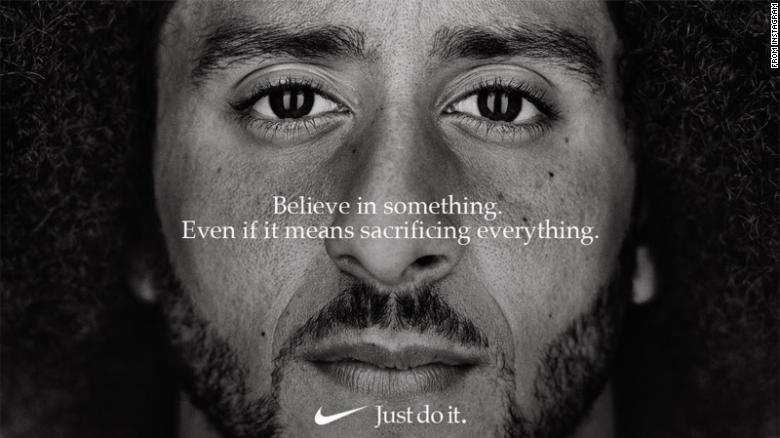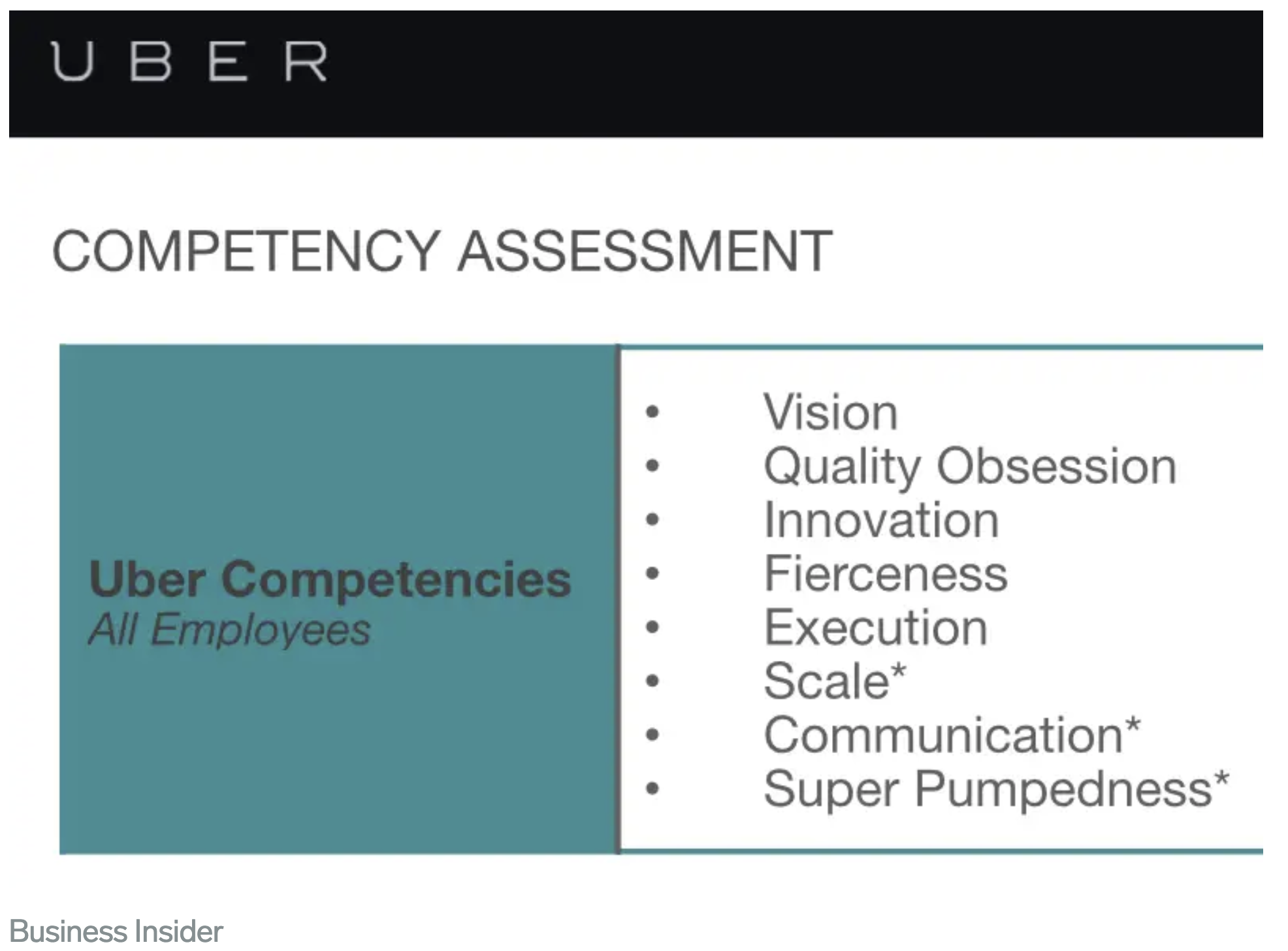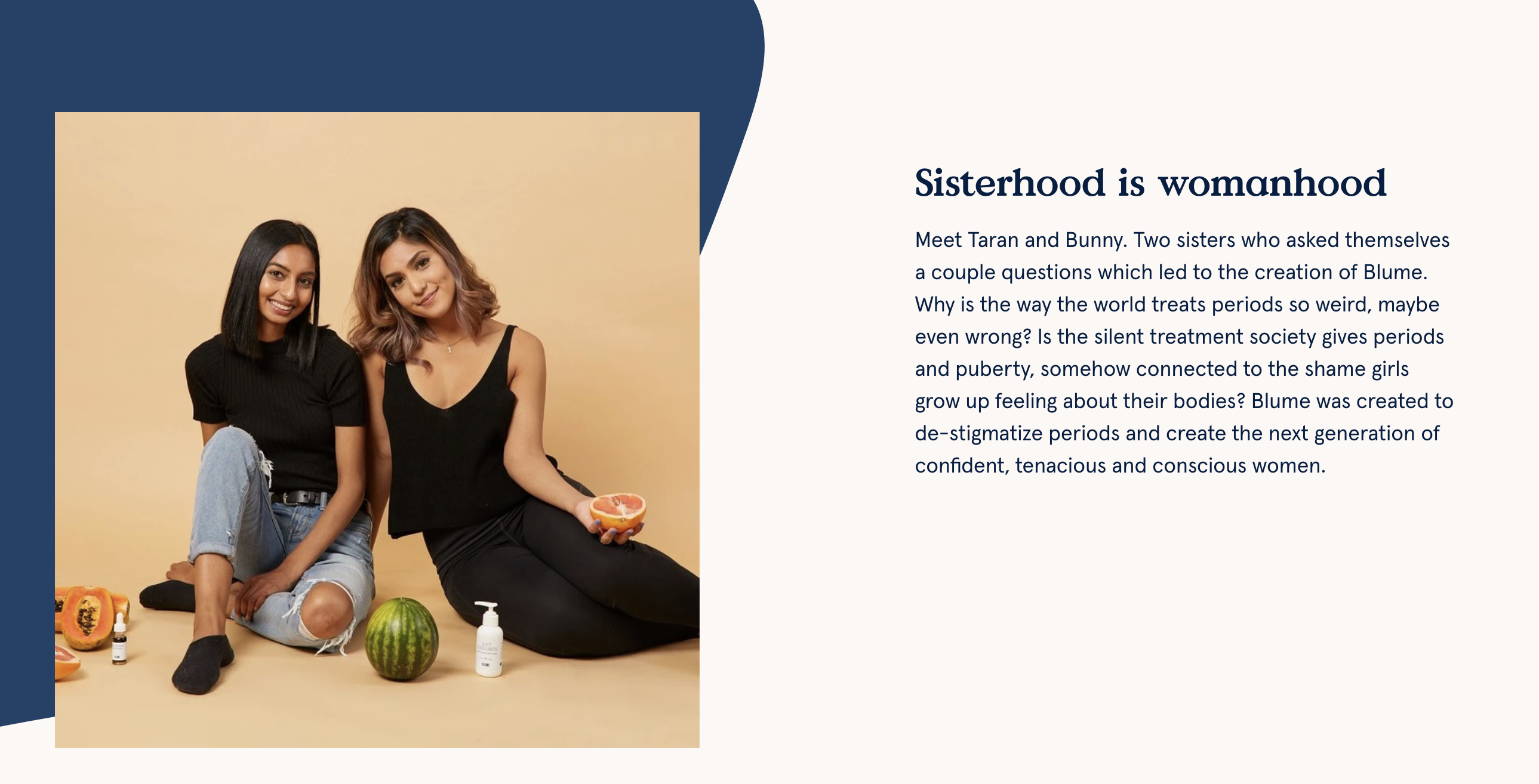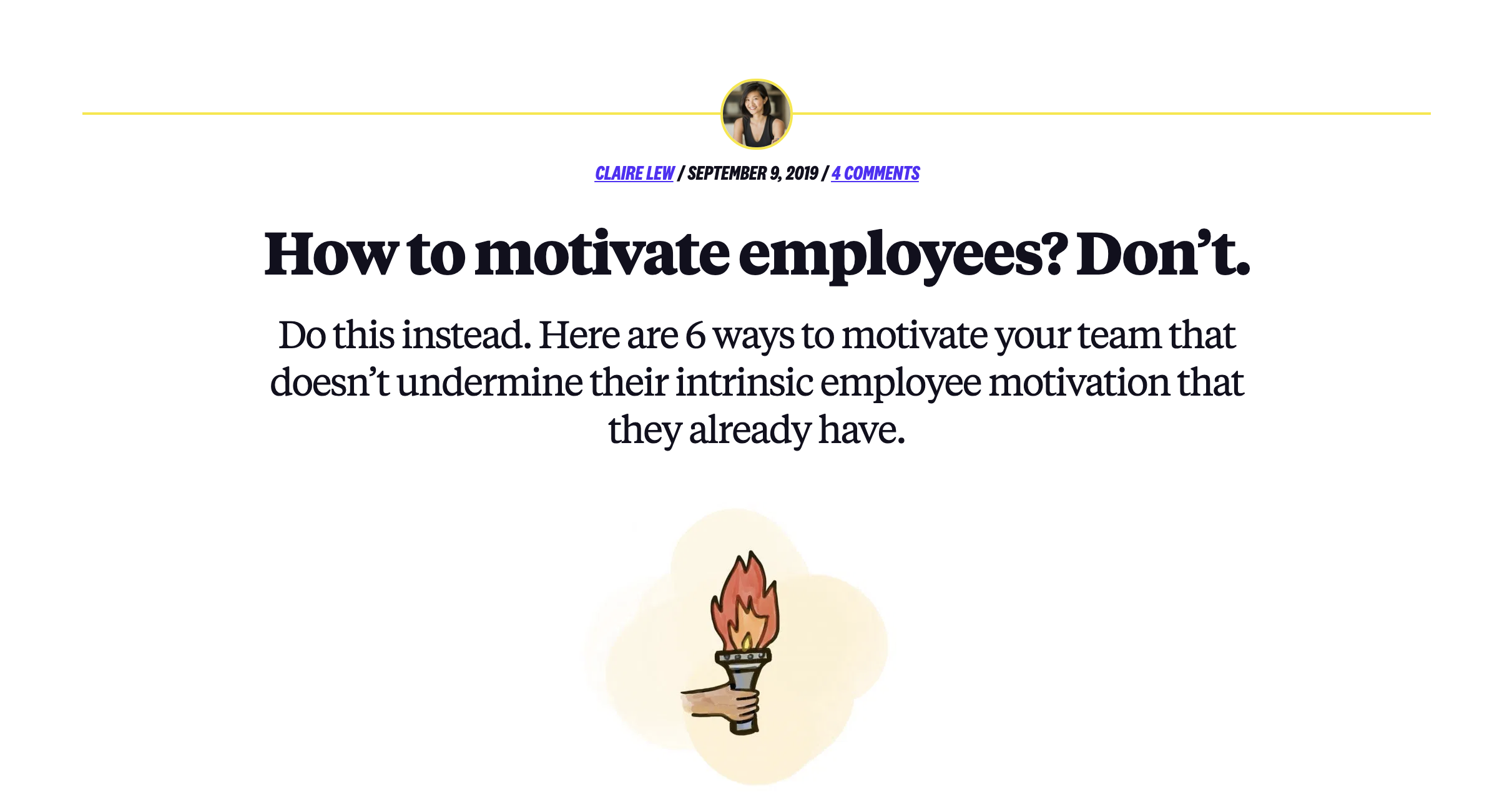Brand Strategy 101: If You Don’t Have an Ideology, You Don’t Have a Brand

Ideology isn’t just a clever statement on your website. When done authentically, it becomes a source of inspiration for content, attracts new customers, and gives your employees a sense of purpose. Sound interesting? Read on for the key takeaways from our webinar on this topic.
Consumers crave content, and not all of it is good. In fact, our media-rich landscape has resulted in a content landfill—virtual mounds of web and blog posts, social media campaigns, viral video attempts and more. If they were lucky, users interacted with them briefly before being discarded with the rest, to be forgotten about forever.
We hope this article isn’t one of those, and you find this helpful.
With so much competition out there, your content needs to be memorable, resonate with your audience and make them want to come back for more. Easier said than done, of course.
Your content needs gravity to pull your audience in and weight to keep them there—and while it’s not a guarantee in and of itself, there’s one key ingredient content needs in order to have a chance of success.
Ideology. It’s your secret sauce.

When we hear ideology, we usually think about politics. Especially in this hyper-polarized political climate, there’s an entire cottage industry built on disagreement—we like seeing people argue because oftentimes we hold the same opinion as one of the participants. We share their POV, and ideology isn’t something that makes you feel lukewarm. It makes you boil.
This is a good thing.
Ideology isn’t about being contentious or controversial; it’s about conviction. For a company, it means having a robust set of core beliefs that inform every business and branding decision that you make. Your core beliefs act as the center of the brand, informing every touchpoint and piece of content you create—major, umbrella aspects like your actual products and services and the website, advertising, and internal culture that serve them, down to more narrowly-focused facets like how you answer your phones and the tone your social media accounts use to interact with consumers.
When content tastes like a cardboard sandwich, usually the culprit is a lack of a strong point of view. When you don’t have conviction, you end up chasing (read copying) others’ successes. This is why we see so many bland listicles, navel-gazing social media posts, videos that provide no new information, and all of the above presented in a clunky, undynamic style. Don’t even get me started on business stock photography, misuse of which should be punishable by a fine and community service.

Do not do this.
A strong point of view that is grounded in core company values allows your brand freedom to take measured yet ambitious risks. That type of confidence shows and results in brave and resonant content, and, eventually, helps you grow equity over time. And who doesn’t want that, right?
So how do you craft an ideology? Let’s break it down.
An ideology should be, own-able, unique – entirely your own. You may be in a category with several competitors that are more or less doing the same thing as you—on paper, it doesn’t seem like there’s much of a discerning difference. But your ideology or perspective can set you apart.
Ask yourself how your company views the world. What are some beliefs you won’t compromise on? What ideas can attract and repel customers? Ideally, this is derived from your brand positioning – you always want your brand to have something distinctive and ownable.
An ideology can be framed as “the problem” as you see it— what’s the one thing that’s wrong in your vertical market, with the world today, with your customers, that you’re going to fix, that you’re going to take a stand on? What’s the one thing everyone else believes? Can you stand for the opposite?
Today’s most successful brands think customer-first, and there’s no exception when determining your ideology or point of view. The first step in properly crafting your ideology is to examine your customers—what are their pain points? And what are the implications of those problems?
For instance, many have reported that Generation Z is struggling with massive student loan debt. Gen Z is less likely to buy a home than any other generation. Even if you’re not in real estate, it’s something you have to keep front of mind when crafting content for them. There are even startups now selling pre-furnished residental “memberships” to capitalize on this problem.
Next, you want to look at the market and figure out how your company is different and—it may be bold, but we’ll say it!—better than your competition. What makes you unique? What makes you the right choice for the consumer as opposed to the next brand?
Is there a strong stance you can take that scares everyone else?

©Nike via Instagram
Data, privacy, and security are among the most hot-button issues for consumers right now — does your brand have a strong stance on privacy and protection? If so, this isn’t something you can compromise on later if a particular challenge arises. Having an ideology helps you build trust with your customers, but breaking that trust can have damaging effects.
As a manifesto, mission statement, or brand positioning, your ideology is something that should be physically written down. Putting it on paper—err, in pixels—helps you think more deeply about your ideology and pushes you to commit to it more legitimately. Like any other piece of writing, there are some best practices and tips that we believe result in a stronger piece. Namely, keep it simple: one or two paragraphs at most are usually sufficient, and in many cases, a bulleted list can also work just as well.

© Apple Computer
When the rubber meets the road, your ideology should be unique, specific, ownable… and even a bit controversial. (A good rule of thumb is that if you aren’t ticking at least a few people off, your ideology probably isn’t strong enough.) Everybody “wants to make the world a better place”, so an ideology with that included isn’t unique or differentiated enough.
For your ideology to be ownable, it has to be unique, but it also has to be realistic. So “We believe in treating the customer with respect” is too broad, too agreed-upon to be ownable. But also, Uber’s bizarre core-value of super-pumpedness is certainly unique, but just too bizarre and weird to really mean anything and thus, to meaningfully inform any content or branding.

I never thought I would say this, but super-pumpedness is not an ideology.
An excellent example of an ownability is Blume. The startup believes that society treats menstruation all wrong. In their words, “Sisterhood is womanhood. Why is the way the world treats periods so weird, maybe even wrong? Is the silent treatment society gives periods and puberty somehow connected to the shame girls grow up feeling about their bodies?”
Blume isn’t the only company that makes products for periods, but the difference is in the point of view they’ve staked out. Their syntax is clear and bold. They don’t want to hide behind opaque, general terms like “women’s health”. They’re all for de-stigmatizing, which may turn some folks away but for many puts the brand in a credible and trusted position.
Blume built an ownable ideology by looking at their customers as well as the fact that there continues to be shame around talking about this very normal and real function. By surveying the marketplace, they saw that few brands talk honestly and openly about periods, which has resulted in a stigma. This informed Blume’s values, leading them to a mission to re-frame and de-stigmatize the conversation around periods. The result is a strong, ownable point of view that informs every piece of content the brand produces. Bam!

©Blume
For B2B companies, ideologies are often a bit less dramatic and passionate, but that doesn’t mean they shouldn’t strive to develop a compelling, ownable point of view. Basecamp provides a great example. On its website, the project management/software company is very straightforward and public about its core values—they “give a damn” and “double down on simple and straightforward.”
And “How to motivate employees? Don’t” Now that’s a controversial headline with a strong POV!
You can see how their values inform their content and how their content shines a light on what they believe at their core. They understand their user’s pain points, can address them, and ultimately see a market opening for a brand that helps its customers work smarter, not harder and longer.

©Basecamp
And that, ultimately, is what customers want from the brands they work with. They want to be seen and understood, to know that they’re in good hands. They want to know they can trust the brand they work with. Trust is a two-way street, built on shared values. A brand cannot expect customers to trust it, to become fans of it, and evangelists of it if it does not make clear what it stands for and how it views the world.
Ideology isn’t just a line on a website. It must be enacted throughout every brand touchpoint and piece of content that the customer consumes.
All trademarks copyright© their respective owners.
If this article helped you, please help us by sharing it or recommending to a friend. Thank you!


